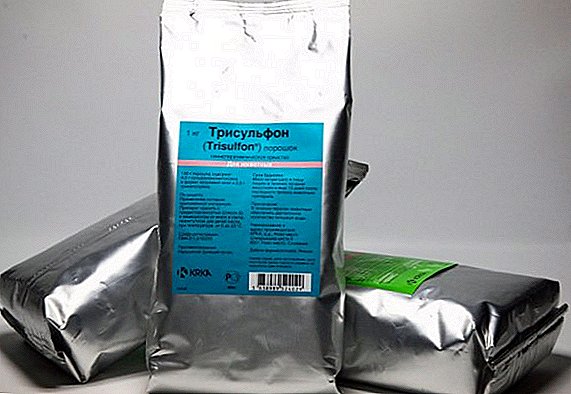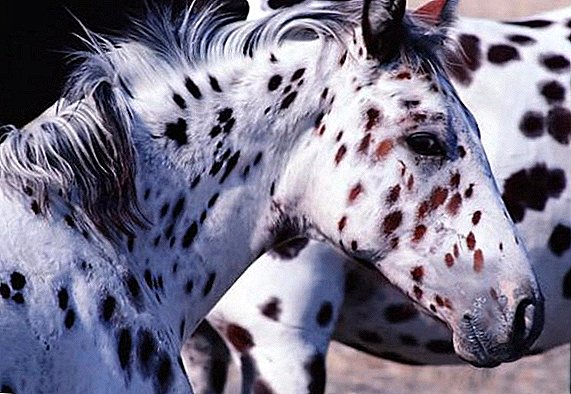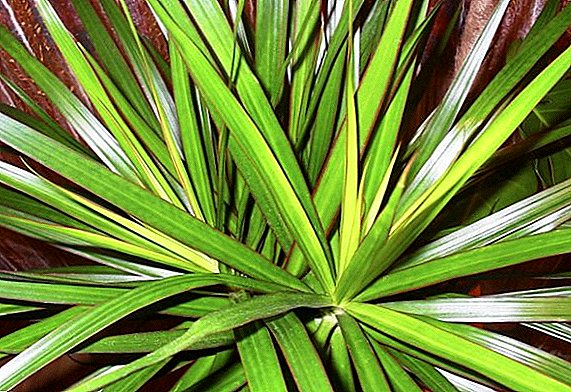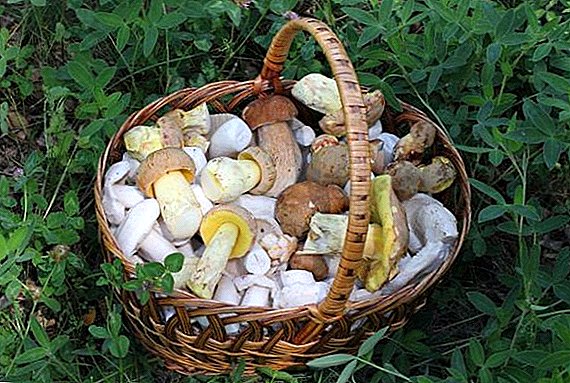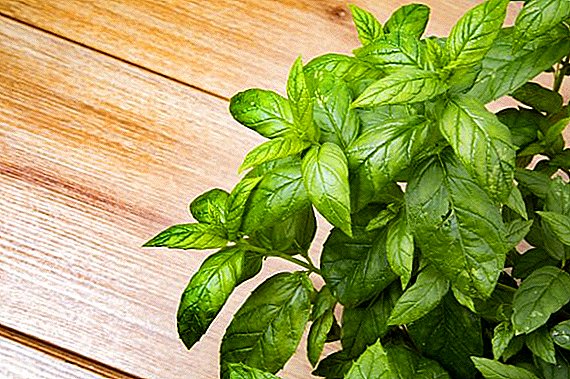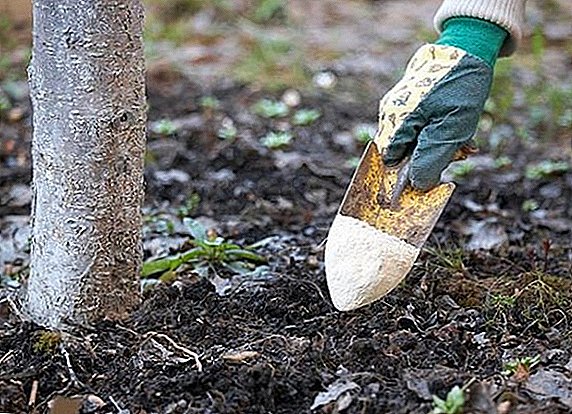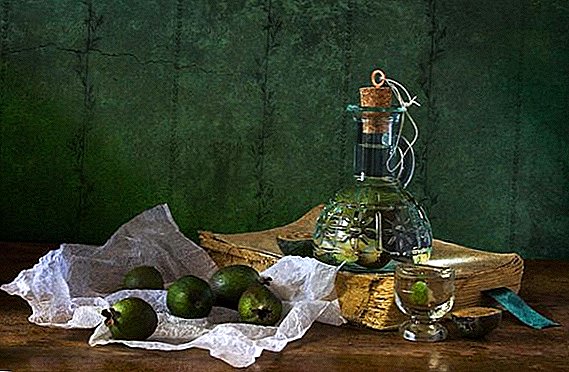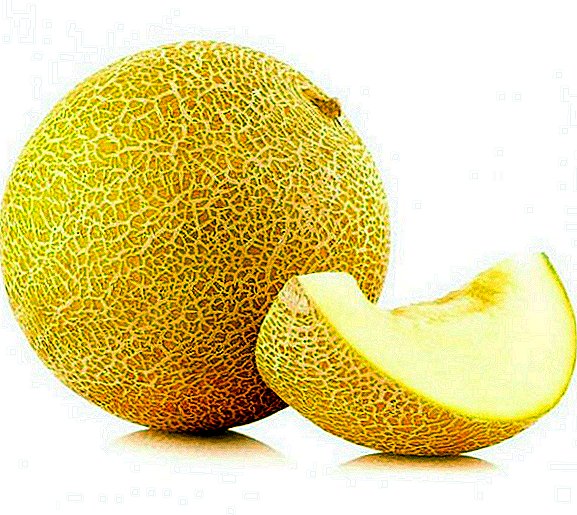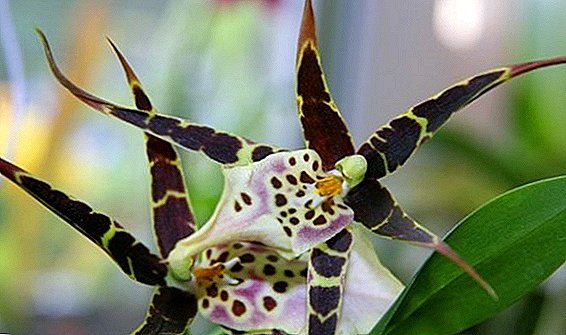 Surely every lover of exotic and beautiful plants has such a flower in the collection as an orchid. There are several orchids with similar names, but, nevertheless, completely different: miltonia, miltoniopsis, miltassia. This article will discuss miltussia.
Surely every lover of exotic and beautiful plants has such a flower in the collection as an orchid. There are several orchids with similar names, but, nevertheless, completely different: miltonia, miltoniopsis, miltassia. This article will discuss miltussia.
Did you know? Psychologists say that people suffering from depression, it is useful from time to time to admire the orchid. It helps to improve the condition.
History and description
Miltassia is a hybrid of miltonia and brassia orchids. It differs from other forms of its colors - they look like small stars. Miltassia requires the same care as brassia, but there are some minor differences that depend on what miltonia (cold or heat-loving) was used to breed a hybrid. Orchid blooms miltassia occurs in spring and autumn and lasts one and a half - two months. Orchid blooms only if the difference between night and day temperatures of 4 - 6 ° C.
This flower is far from being the easiest and requires quite serious care, so if you are new to this business, then take this plant is not recommended.
Did you know? Orchids are one of the famous epiphytes. Epiphytes are plants that grow on other plants. But they are not parasites, because such specimens are extracted from air and precipitation, and photosynthesis is used to obtain nutrients.
Conditions for growing a hybrid
Before starting a miltassia at home, you need to be well acquainted with the favorable conditions for its cultivation.
Temperature requirements
 All plants are very demanding that as precisely as possible observe exactly the temperature conditions that they need. When buying a miltassia, note that she loves a moderate thermal regime. The optimum temperature in the room where the orchid will be located should be no more than 18-24 ° C, but at night the temperature should be 4-5 ° C lower. It is important to consider which miltonia was involved in crossing: if it is the one that loves the cold more, then the temperature regime should be from 14 to 18 ° С in the daytime.
All plants are very demanding that as precisely as possible observe exactly the temperature conditions that they need. When buying a miltassia, note that she loves a moderate thermal regime. The optimum temperature in the room where the orchid will be located should be no more than 18-24 ° C, but at night the temperature should be 4-5 ° C lower. It is important to consider which miltonia was involved in crossing: if it is the one that loves the cold more, then the temperature regime should be from 14 to 18 ° С in the daytime.
Humidity for growing
Air humidity for such plants plays an important role in growing. For normal flower development, the humidity in the room should fluctuate from 50 to 70%. It is also worth considering the fact that the higher the temperature in the room where the orchid grows, the greater should be the humidity of the air. If the humidity is less, the flower will stop growing or slow down the development.
Important! The higher the temperature, the greater the humidity should be, and, increasing the humidity in the room, it is necessary and in direct proportion to increase the number of airings of the room.
Optimal lighting
 The hybrid of miltonia and brassia is good for direct sunlight, so when choosing a place where it will be located, pay attention to the brightest. The main thing is that the light should be long lasting, since it is a light-loving plant. The minimum light day that the hybrid needs is ten to twelve hours.
The hybrid of miltonia and brassia is good for direct sunlight, so when choosing a place where it will be located, pay attention to the brightest. The main thing is that the light should be long lasting, since it is a light-loving plant. The minimum light day that the hybrid needs is ten to twelve hours.
Important! Light is exactly what miltussia needs for normal growth and flowering. If the lighting is not enough, it will simply die.
Selection of pot and substrate
The choice of pot and substrate is also considered one of the most important aspects of orchid cultivation in miltassia. As a substrate, it is best to use medium pieces of pine bark. The hybrid inherited a creep from the orchid of a brassie, that is, new sprouts turn out to be higher than the previous ones. In this regard, it must be planted a little under the slope.
Features care orchid at home
Anyone who decides to engage in orchid miltassia will need to learn some of the features of caring for it, so as not to spoil the plant.
Irrigation and spraying rules
 When the orchid begins to grow, it should be watered as often as possible and more abundantly. The main thing is not to forget to make holes in the bottom of the pot so that excess water can flow out of it. When watering is recommended to use a hot shower (water temperature 30-45 ° C). This type of irrigation imitates the natural conditions that are found in the homeland of this plant. Spray the flower also need, but only at the top. This has a beneficial effect on growth.
When the orchid begins to grow, it should be watered as often as possible and more abundantly. The main thing is not to forget to make holes in the bottom of the pot so that excess water can flow out of it. When watering is recommended to use a hot shower (water temperature 30-45 ° C). This type of irrigation imitates the natural conditions that are found in the homeland of this plant. Spray the flower also need, but only at the top. This has a beneficial effect on growth.
Fertilizer and dressing
It is necessary to feed a flower during a new growth, approximately two to three times a week. It is important to note that fertilizers are special for orchids, since fertilizers of other colors differ in composition and may adversely affect the growth of miltassia.
Transfer
It is best not to disturb and replant the plant, but if you really need to do this, then you will need to choose the right time. Often they use the moment when the miltassia has already faded, or when only the newly appeared shoots reach about five centimeters. This is the most favorable time for a miltassia orchid transplant.
How to propagate miltassia at home
 Miltassia propagation occurs vegetatively. It will take a large bush of orchids divided in half. Pay attention to at least three pseudobulbs remain on each newly formed plant.
Miltassia propagation occurs vegetatively. It will take a large bush of orchids divided in half. Pay attention to at least three pseudobulbs remain on each newly formed plant.
Did you know? With the help of its petal - “lips”, the orchid attracts insects, highlighting nectar, and keeps them inside the flower - for pollination.
Mistakes in the care of the flower
The most common mistakes in caring for miltassia at home are:
- Deviation from comfortable conditions for plant growth and reproduction. If you create the wrong conditions for a hybrid, it may not develop at all or grow too slowly.
- Too abundant watering threatens that the excess water will not have time to be removed, and this can lead to rotting of the roots.
- The lack of light can cause the flower to stop growing. After all, for its normal development requires bright sunlight.
- Poor quality fertilizer will cause damage to the flower, because some fertilizers in its composition have such ingredients that can be dangerous to the orchid. Because of this, it can stop in development or the abyss.
- Incorrect transplant. By making a mistake here, you can damage the roots, as a result of which the plant will die.
- Small pot. The size of the pot is very important, because if it is too small, the roots will "feel" uncomfortable. Because of this, orchid slows in growth.
 Orchid miltassia - a capricious plant that requires special care and a lot of attention. If you study well the requirements of this beauty, then you can not worry and risk settling her in your house.
Orchid miltassia - a capricious plant that requires special care and a lot of attention. If you study well the requirements of this beauty, then you can not worry and risk settling her in your house.


